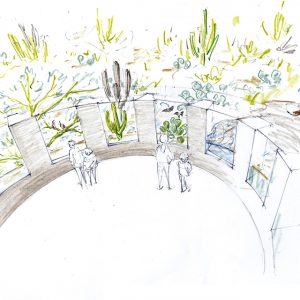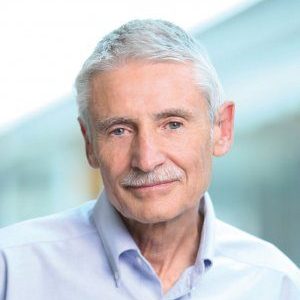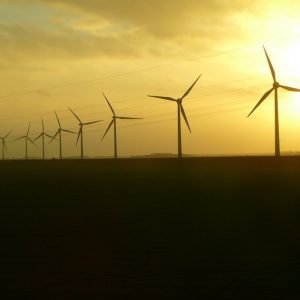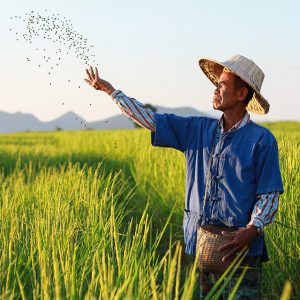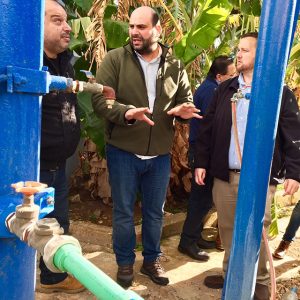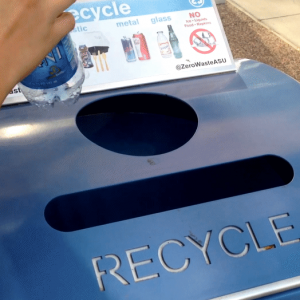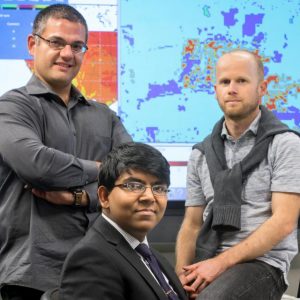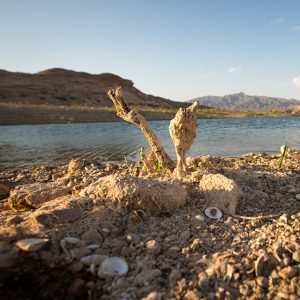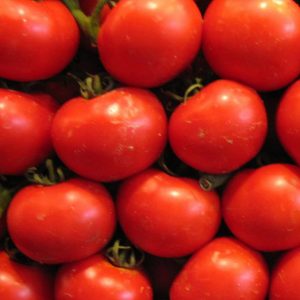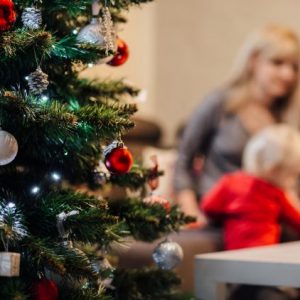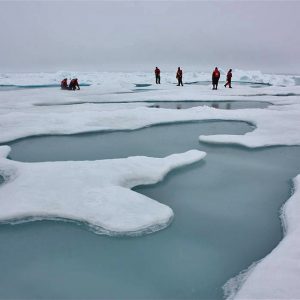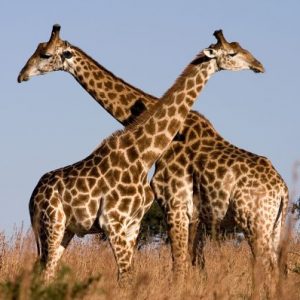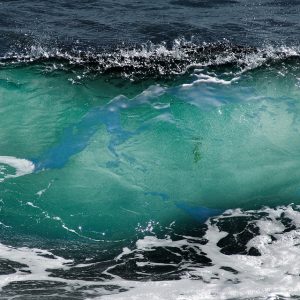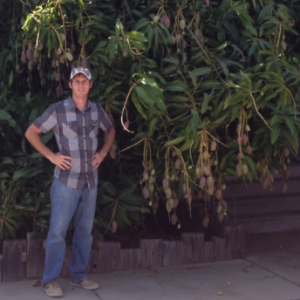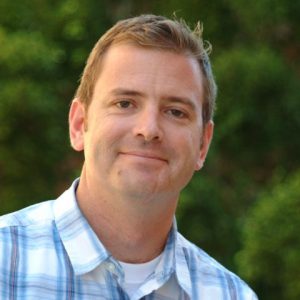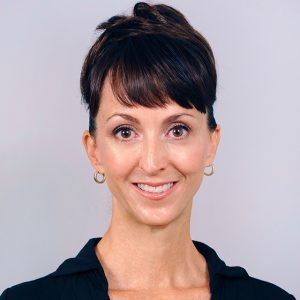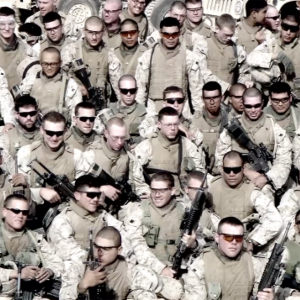EPA's Region 9 and Arizona's communities
View Source | January 25, 2017
 Since its convening in 2008, the Sustainable Cities Network has maintained contact with EPA Region 9. This ongoing connection has allowed for each body – Region 9, ASU and Arizona communities – to learn and share knowledge, case studies and resources so that the lexicon of sustainability best practices steadily expands and so partnerships may emerge when interests align.
Since its convening in 2008, the Sustainable Cities Network has maintained contact with EPA Region 9. This ongoing connection has allowed for each body – Region 9, ASU and Arizona communities – to learn and share knowledge, case studies and resources so that the lexicon of sustainability best practices steadily expands and so partnerships may emerge when interests align.
SCN recently interviewed Karen Irwin of EPA Region 9 to get details on the kind of support it can provide for urban sustainability initiatives, including smart growth, walkable and transit-oriented communities; green infrastructure; energy efficiency; renewable energy; waste reduction and materials reuse and recovery; sustainable water and wastewater infrastructure; and green fleets, among others. Read the full interview with Irwin to find out about additional opportunities, resources and ways to get involved with Region 9.


